Market Trends
Key Emerging Trends in the Dental Sleep Medicine Market
The Dental Sleep Medicine market is experiencing notable trends that reflect the evolving landscape of healthcare and the increasing focus on sleep-related disorders. One prominent trend is the growing awareness and recognition of the interconnection between oral health and overall well-being. As individuals become more conscious of the impact of sleep on their health, the demand for comprehensive solutions has surged. Dental Sleep Medicine, with its emphasis on addressing sleep-disordered breathing and conditions like sleep apnea, is at the forefront of this trend. The market is witnessing a shift towards a more holistic approach to healthcare, where oral health is acknowledged as an integral component of overall wellness.
Technological advancements play a pivotal role in shaping market trends within Dental Sleep Medicine. The integration of cutting-edge technologies such as 3D imaging, digital impressions, and telehealth solutions has transformed diagnostics, treatment planning, and patient care. These innovations not only enhance the precision and efficiency of oral appliance customization but also contribute to the accessibility of Dental Sleep Medicine services. The trend towards digitalization aligns with the broader shift in healthcare towards more patient-centric and technology-driven solutions.
Collaboration between dentists and sleep specialists is another significant trend in the Dental Sleep Medicine market. Dentists, often the first point of contact for patients, are increasingly involved in the identification and referral of individuals with sleep-related issues. This collaborative approach ensures a more comprehensive and coordinated patient care strategy, fostering a seamless integration of dental and sleep medicine expertise. As this trend continues, it is likely to positively impact the market by expanding the reach of Dental Sleep Medicine services and improving patient outcomes.
A notable shift in treatment preferences is evident in the market trends of Dental Sleep Medicine. While Continuous Positive Airway Pressure (CPAP) machines have traditionally been a primary treatment for sleep apnea, there is a growing acceptance and preference for oral appliances. These custom-fitted devices, designed to reposition the jaw and keep the airway open, offer a more comfortable and convenient alternative for many patients. This trend reflects a broader consumer demand for personalized and patient-friendly solutions, contributing to the increasing adoption of Dental Sleep Medicine services.

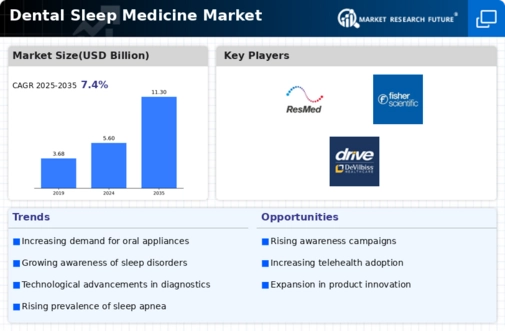
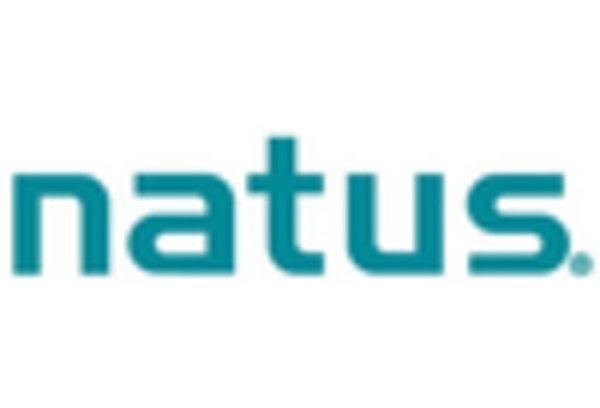
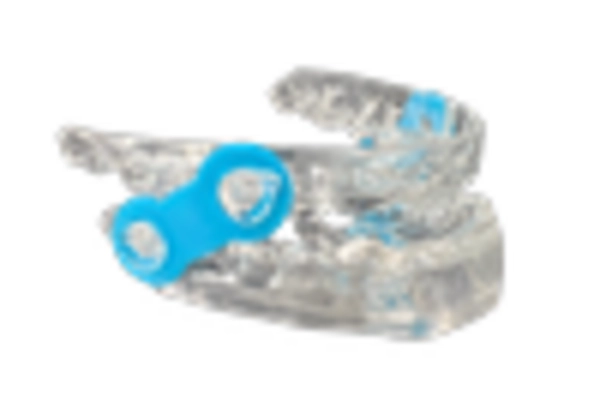

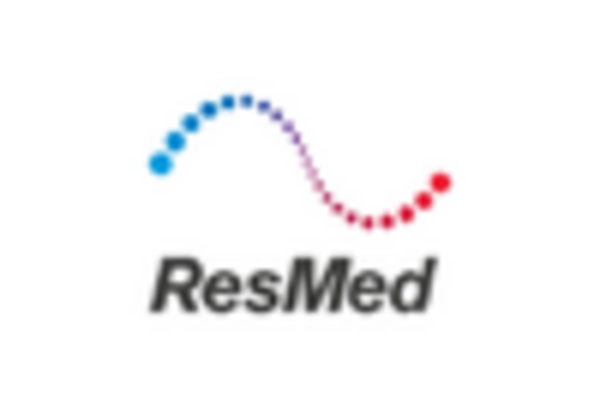
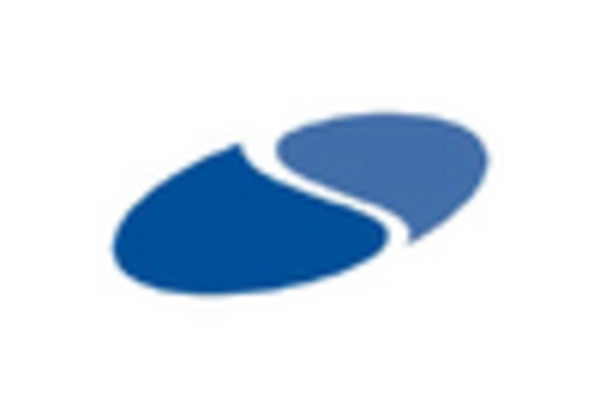
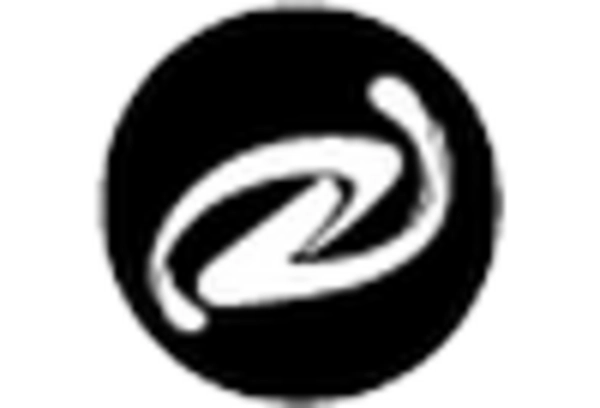









Leave a Comment